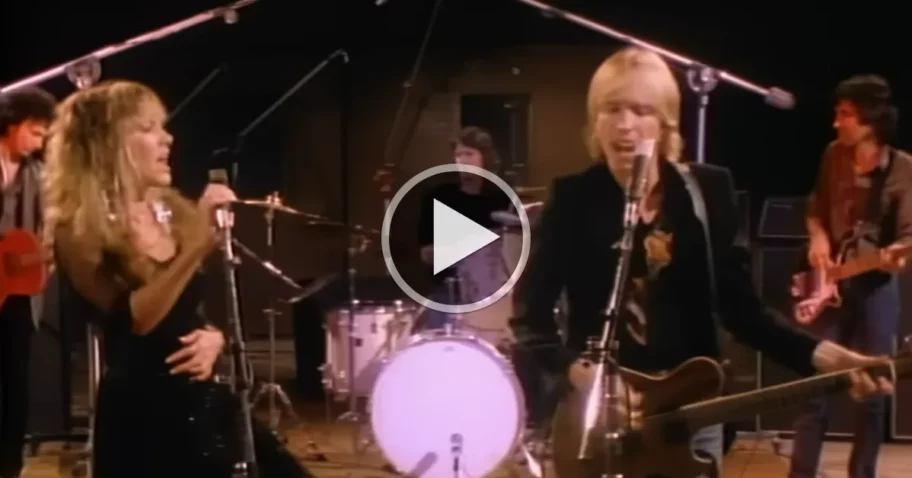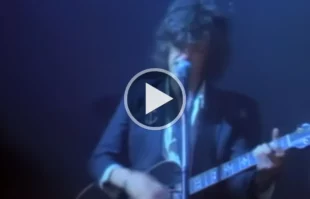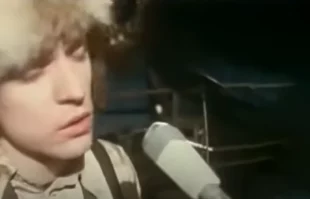Rock Guitarists
Keith Richards Rocks "I'm Waiting for the Man" Keith Richards, the legendary guitarist of The Rolling Stones, has always known how to capture the raw essence of rock. His rendition.
"Long Train Runnin'" by The Doobie Brothers: A Ride Back to Classic Rock The Doobie Brothers released "Long Train Runnin'" in 1973, and it quickly became a hallmark of classic.
"Love In Vain" by The Rolling Stones: Echoes of Bluesy Heartache When The Rolling Stones released "Love In Vain," they tapped into the blues' deep well of emotion. This song,.
"The Whole of the Moon" by The Waterboys: A Timeless Journey Have you ever felt a song capture your dreams and doubts all at once? "The Whole of the Moon".
The Cream: A Band Ahead of Its Time The Cream was a British rock supergroup formed in 1966 that consisted of drummer Ginger Baker, guitarist Eric Clapton, and bassist Jack.
Engage your senses: Press play on the video, then stimulate your brain with the article. Shadows and Silhouettes: "Long Cool Woman in a Black Dress" by The Hollies In the.










